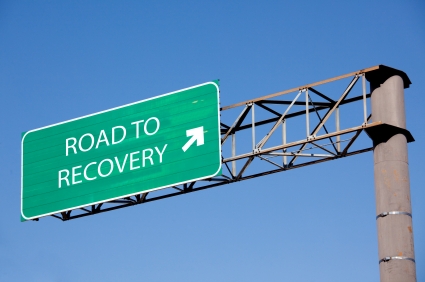Introduction to Treatment
Click here to go directly to the Addiction Treatment Menu.
I entered rehab about as skeptical as anyone could. I didn’t believe addiction was a disease and insisted I wasn’t an alcoholic despite a blood alcohol that would kill normal drinkers. (I survived because I’d become so tolerant.). I acquiesced to rehab only because I was too drunk and dejected from the incomprehensible demoralization of my bottom to fight anymore. But I didn’t surrender my suspicion. Fortunately, hospital-forced sobriety led to the collapse of my concentric walls of denial and made me question my assumptions. I eventually came to agree I was an alcoholic who was where I needed to be. The key to that transformation was willingness: I became willing to confront my preconceived notions and admit I was wrong. That was only possible because rehab was a therapeutic community, a place where above all else I felt safe and cared for.
The first challenge in treatment is detox. Its length and severity varies depending on the degree of addiction, the drug(s) involved and the extent of the binge immediately beforehand. After detox, rehab patients undergo intensive group therapy. They learn from each others’ histories of drug abuse and are instructed on the 12-Step recovery program. They’re taught tools for recovery and devote substantial effort to relapse prevention well as planning for continuing care after release.
The Addiction Treatment Menu
| Detox |
Treatment Model: A Therapeutic Community
- Rehab’s Approach to the 12-Step Program
- Step 1
- Step 2
- Step 3
- Steps 4 and 5
- Steps 6 and 7
- Steps 8 and 9
- Steps 10 and 11
- Step 12
Have Objections to the Steps? I Did.
- Contempt Prior to Investigation
- Step 1 Doesn’t Apply to Me
- Who Says I’m Crazy?
- I Don’t Want To Join A New Religion
- 1st Step Stories
- The First Drink/Drug
- One Day At A Time
- A Spiritual Program
- 12-Step Meetings
- Sponsors
- Gratitude
- Working With Newcomers
- Anonymity
- The Disease
- Love and Care
- Dealing with Cravings
- Group Therapy
- Cognitive Behavioral Therapy
- Family Counseling
- Relapse Prevention
- Aftercare/Alumni Meetings
- Post-Relapse Treatment
- The Disease of Addiction
- Why Drugs Get You High
- Why Drugs Are Addictive
- Hangover versus Withdrawal
- The Science of Denial
- Craving Explained
- Amnesia Explained
- Why Relapse Is Common
- Why Love Is Therapeutic
- Mind Training
- The Benefits of Social Support
- Medication Assisted Treatment (MAT)
- Treatment Drugs
For more on treatment and recovery from the National Institute on Drug Abuse, click here.
